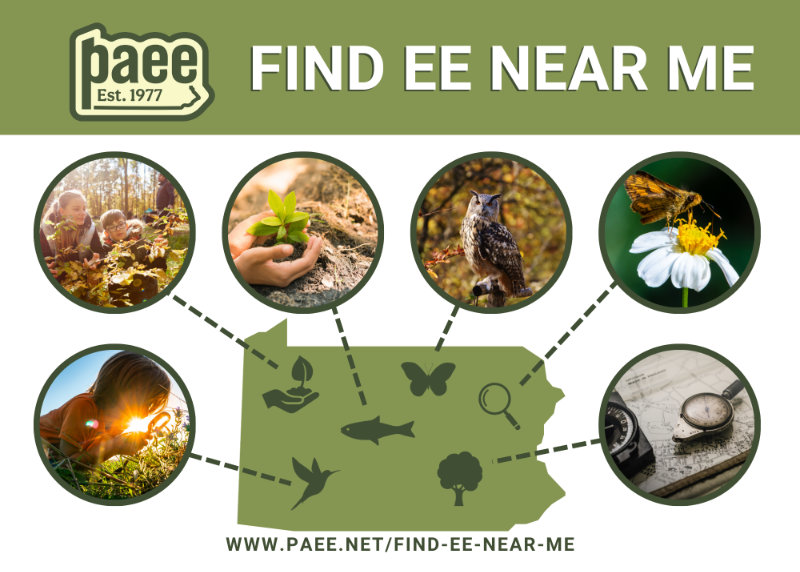Students at Carmichaels Area Senior High School were interested in learning about the stream running through their campus. Kevin Willis, a science teacher, decided a Meaningful Watershed Educational Experience (MWEE) would allow students to explore their curiosity about the stream.
Willis connected different lessons and experiences to a larger unit using the four essential elements of a MWEE: issue definition, outdoor field experiences, synthesis and conclusions, and an environmental action plan.
Issue Definition
During their issue definition, the students learned more about their backyard stream. Named Muddy Creek, the water was often very murky, which may have been caused by runoff from nearby farms.
Outdoor Field Experiences
The students participated in multiple outdoor field experiences to build background knowledge, increase excitement about the project, and investigate their identified environmental issue.
To begin, Willis and the students visited a local state park. Pennsylvania Fish and Boat Commission staff led a canoeing experience, while Pennsylvania Department of Conservation and Natural Resources (PA DCNR) staff led a tree identification hike. By identifying trees and shrubs at the park, the students learned what native plants could grow near streams in their area.
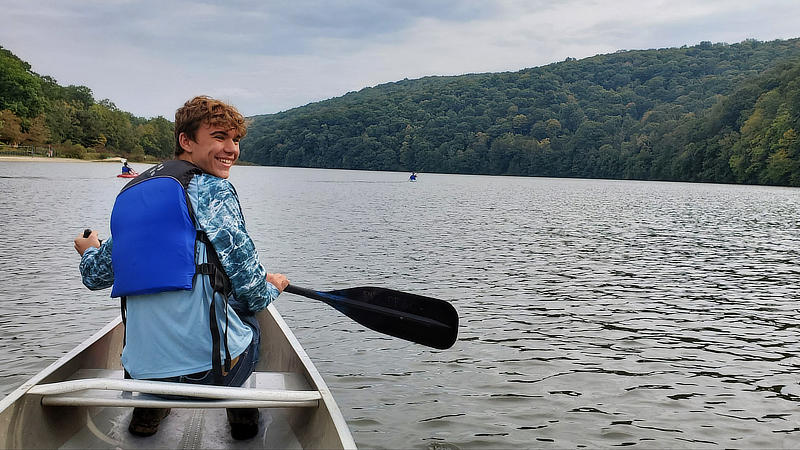
Willis also partnered with a local university to help students practice various stream monitoring methods. Students learned to identify freshwater fish and macroinvertebrates that are indicators of stream health.
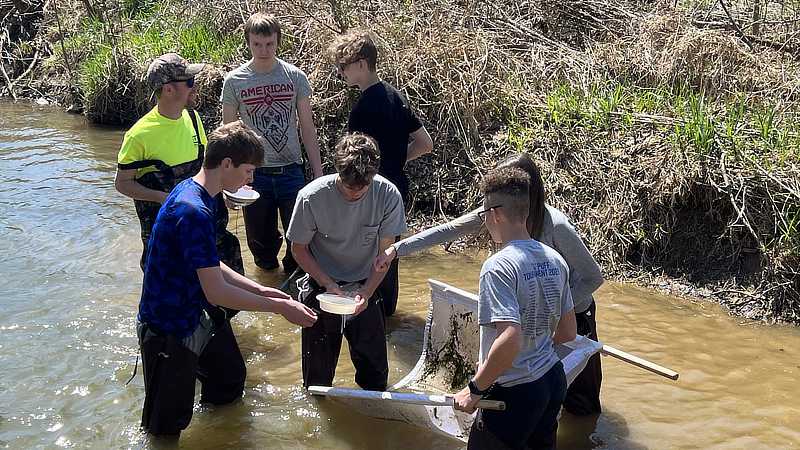
The group took these methods back to their school to assess the health of Muddy Creek. A local environmental consultant company helped survey the fish population by electrofishing, and students collected different macroinvertebrates from the stream.
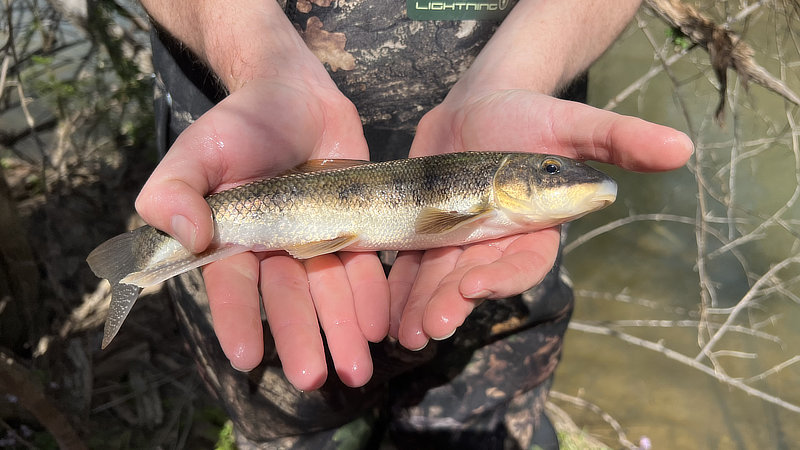
Synthesis and Conclusions
After their synthesis and conclusions, the students determined that while some wildlife were present in Muddy Creek, the water quality of the stream could improve.
Environmental Action Plan
The students then needed to create an environmental action plan to address the murkiness of Muddy Creek. They decided that planting trees along the stream to create a riparian buffer would help.
PA DCNR staff joined the group to plan which native trees and shrubs should be planted and where to plant them. The students wrapped-up their MWEE by planting over 80 trees and shrubs of various species along Muddy Creek.
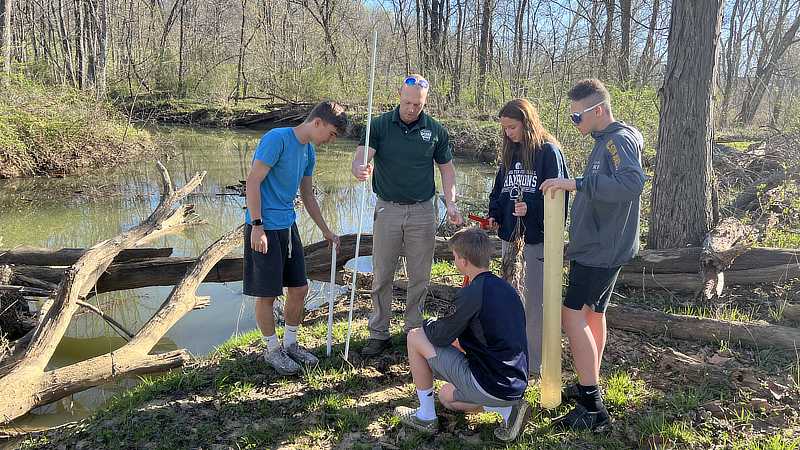
Willis will continue to lead MWEEs that incorporate the stream and riparian buffer. Future students could expand or maintain the buffer, monitor the stream health to detect any improvements, and record data about the growing plants.
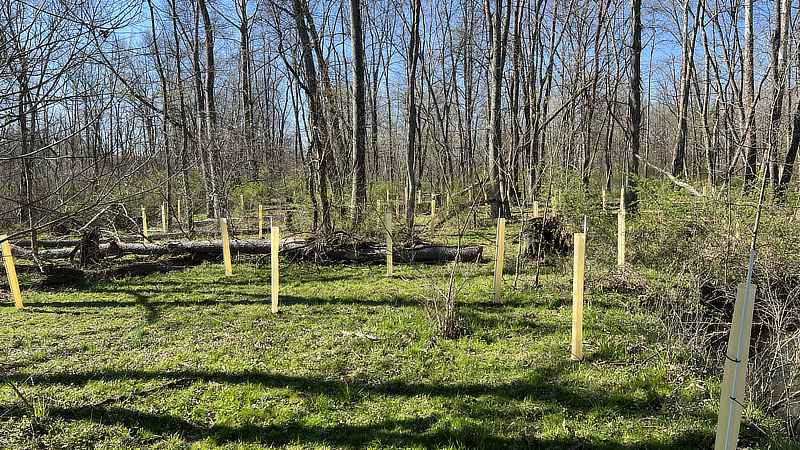
Throughout the MWEE process, students’ excitement to be outside in their own community and applying classroom knowledge to hands-on projects stuck out the most to Willis. The MWEE also provided the perfect opportunity for the students to connect with community members modeling career possibilities.
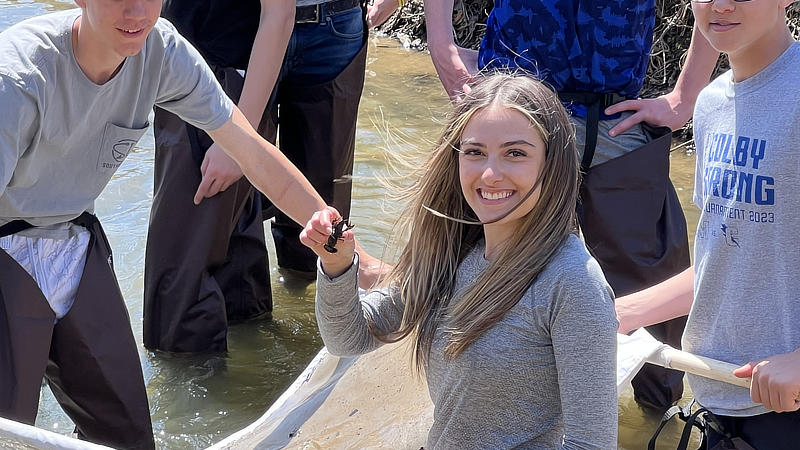
Drop us a line if you’d like us to feature your environmental education lesson or program on Pennsylvania Gateway to Green!



